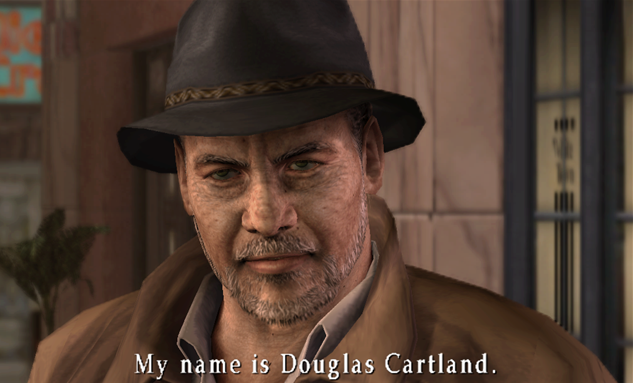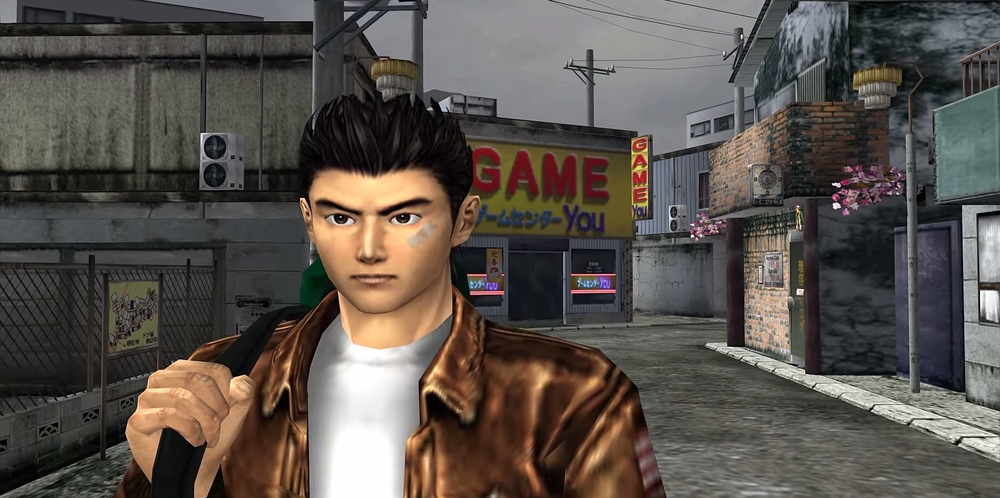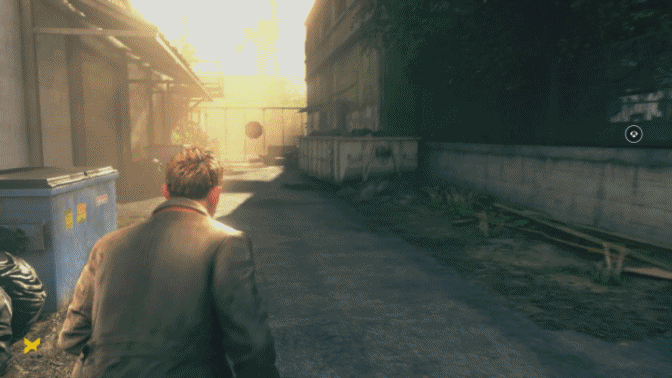I had been replaying the first Soul Reaver game when I got to one of these moments:
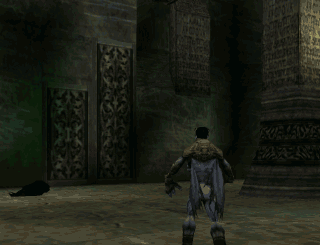
And it made me think of times when games did something so technologically impressive that I had no clue how it could be done. I have to give my props to the people behind the Soul Reaver games for creating a feature whose implementation that I can only hypothesize about. When shifting between planes, the level geometry seamlessly and organically moves to accomodate new architecture. Not to mention the textures sometimes warp as well to give that twisted aesthetic. I'm always left wondering exactly how they managed to pull this off. Are there two level geometries loaded at once with only one being utilized at a time? And if so, how does that transition work? Or perhaps there's only one level where the movement data of the architecture and alternate textures are stored.


I can only guess at the possibilities without getting an explanation from the developers themselves. Keep in mind that all this magical twisting was initially done on primitive PlayStation One hardware, not that it becomes any easier to understand on more advanced hardware.
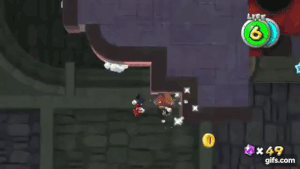
I've also had the pleasure of giving Super Mario Galaxy 2 another chance and was similarly blown away by its dynamic gravity usage. No doubt that platformers and other games experimented with messing with gravity before, but I've never seen it done so seamlessly as it is in the Super Mario Galaxy games.
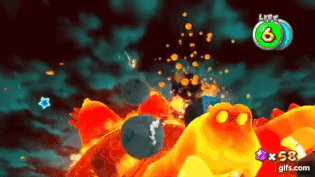
It's not limited to two dimensions, either. The gravity can dynamically change depending on which surface Mario is closest to and in what position. Rather than forcing the player through waypoints that change the gravity, the gravity smoothly changes little by little as Mario walks along a surface, or it can change if Mario gets far away from one surface and close enough to another. Not only does this look cool, but it adds tons of depth to platforming comparable to when Super Mario 64's groundbreaking use of three dimensions.

There's also this cool moment where an entire floor bends up to become a wall, only to serve as a floor again once Mario adjusts to the change in gravity. I have absolutely no clue how the gradual gravity change could be done without constant checks, and that would surely cause performance to take a hit. Yet somehow the game stands out at a solid framerate with realistically ever-changing gravity.

And it made me think of times when games did something so technologically impressive that I had no clue how it could be done. I have to give my props to the people behind the Soul Reaver games for creating a feature whose implementation that I can only hypothesize about. When shifting between planes, the level geometry seamlessly and organically moves to accomodate new architecture. Not to mention the textures sometimes warp as well to give that twisted aesthetic. I'm always left wondering exactly how they managed to pull this off. Are there two level geometries loaded at once with only one being utilized at a time? And if so, how does that transition work? Or perhaps there's only one level where the movement data of the architecture and alternate textures are stored.


I can only guess at the possibilities without getting an explanation from the developers themselves. Keep in mind that all this magical twisting was initially done on primitive PlayStation One hardware, not that it becomes any easier to understand on more advanced hardware.

I've also had the pleasure of giving Super Mario Galaxy 2 another chance and was similarly blown away by its dynamic gravity usage. No doubt that platformers and other games experimented with messing with gravity before, but I've never seen it done so seamlessly as it is in the Super Mario Galaxy games.

It's not limited to two dimensions, either. The gravity can dynamically change depending on which surface Mario is closest to and in what position. Rather than forcing the player through waypoints that change the gravity, the gravity smoothly changes little by little as Mario walks along a surface, or it can change if Mario gets far away from one surface and close enough to another. Not only does this look cool, but it adds tons of depth to platforming comparable to when Super Mario 64's groundbreaking use of three dimensions.

There's also this cool moment where an entire floor bends up to become a wall, only to serve as a floor again once Mario adjusts to the change in gravity. I have absolutely no clue how the gradual gravity change could be done without constant checks, and that would surely cause performance to take a hit. Yet somehow the game stands out at a solid framerate with realistically ever-changing gravity.





